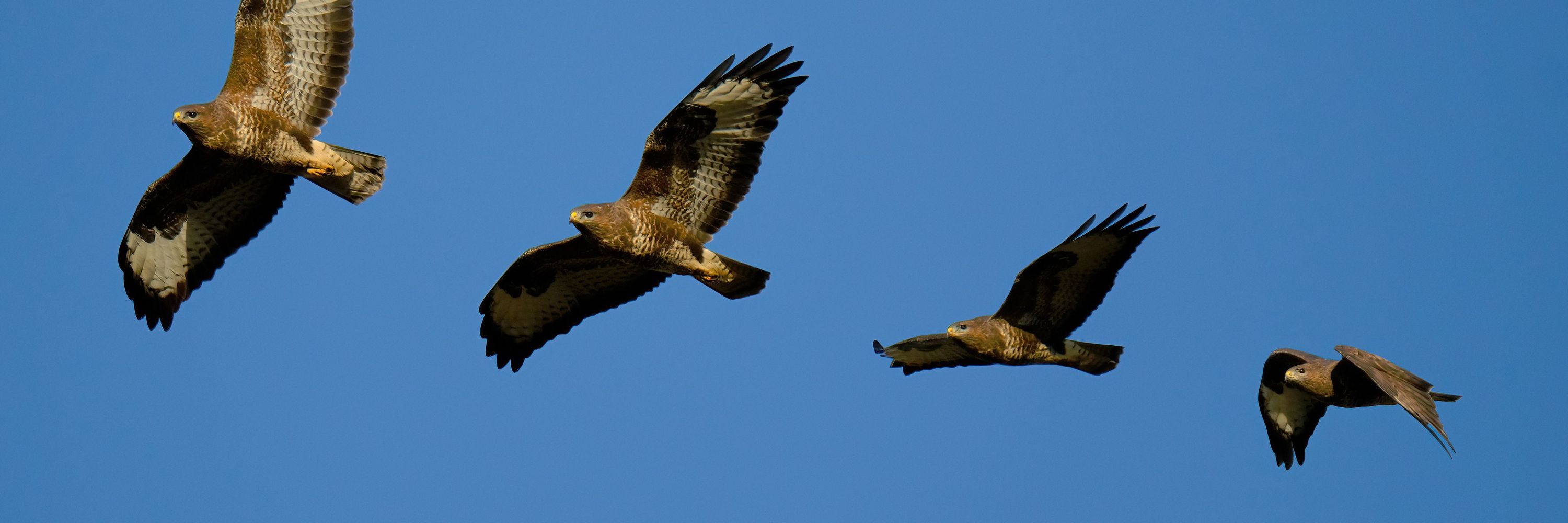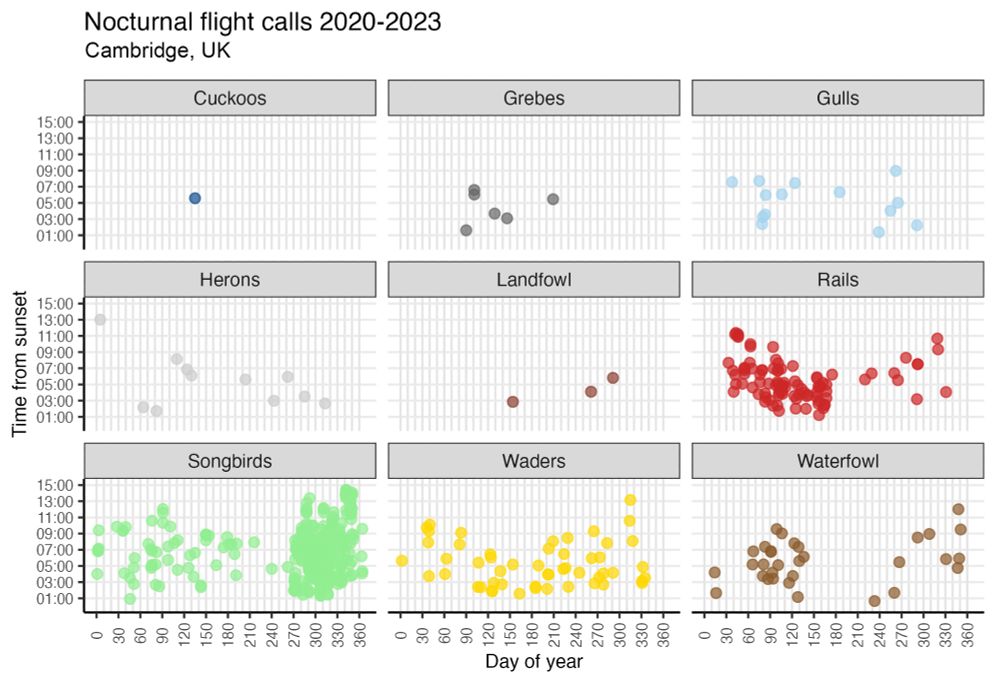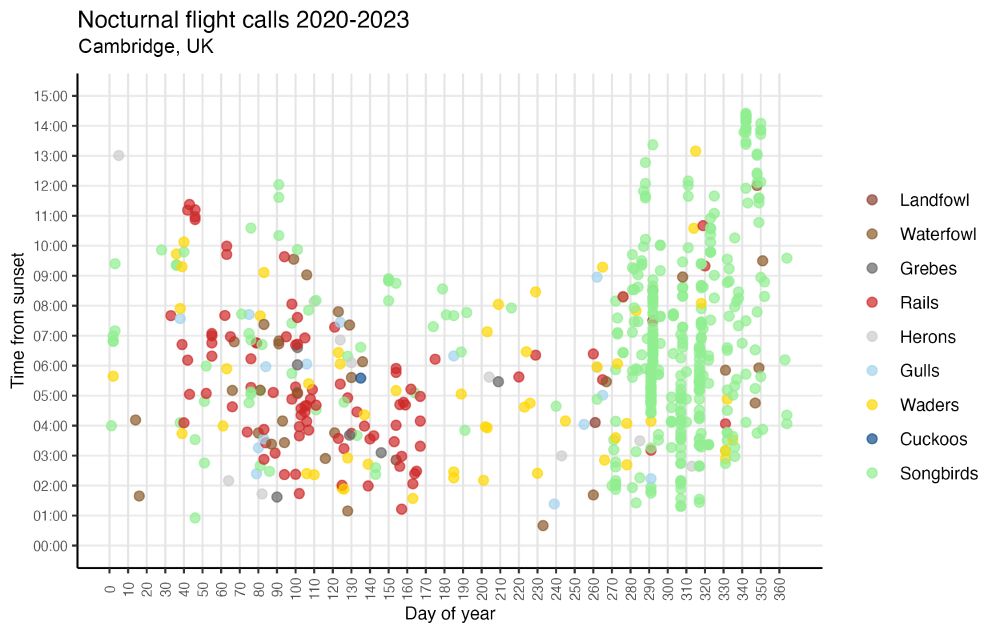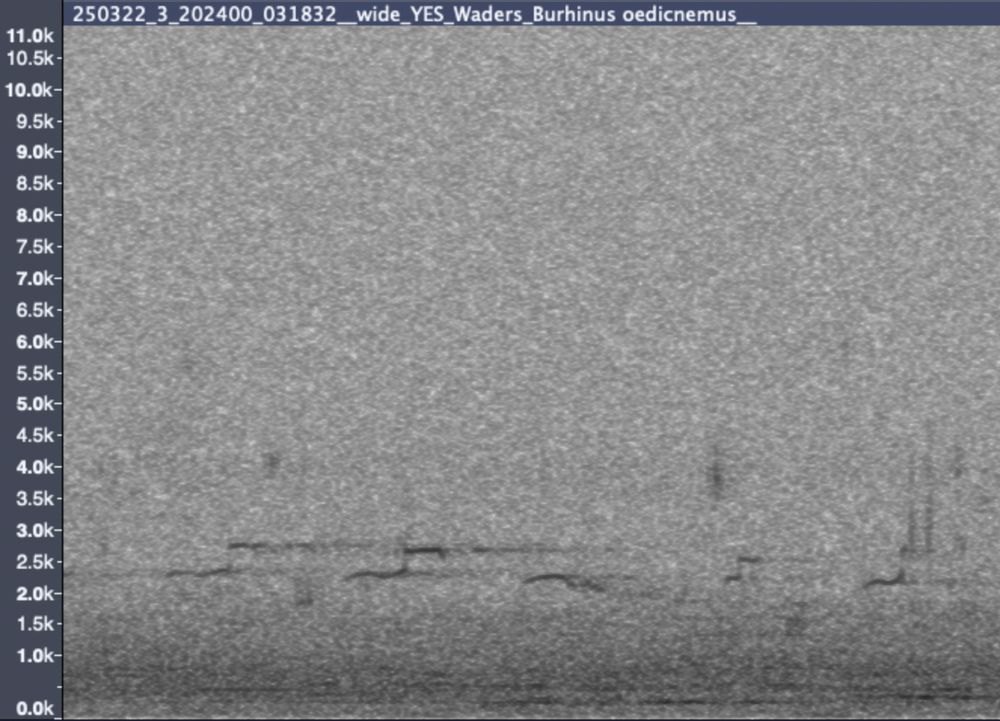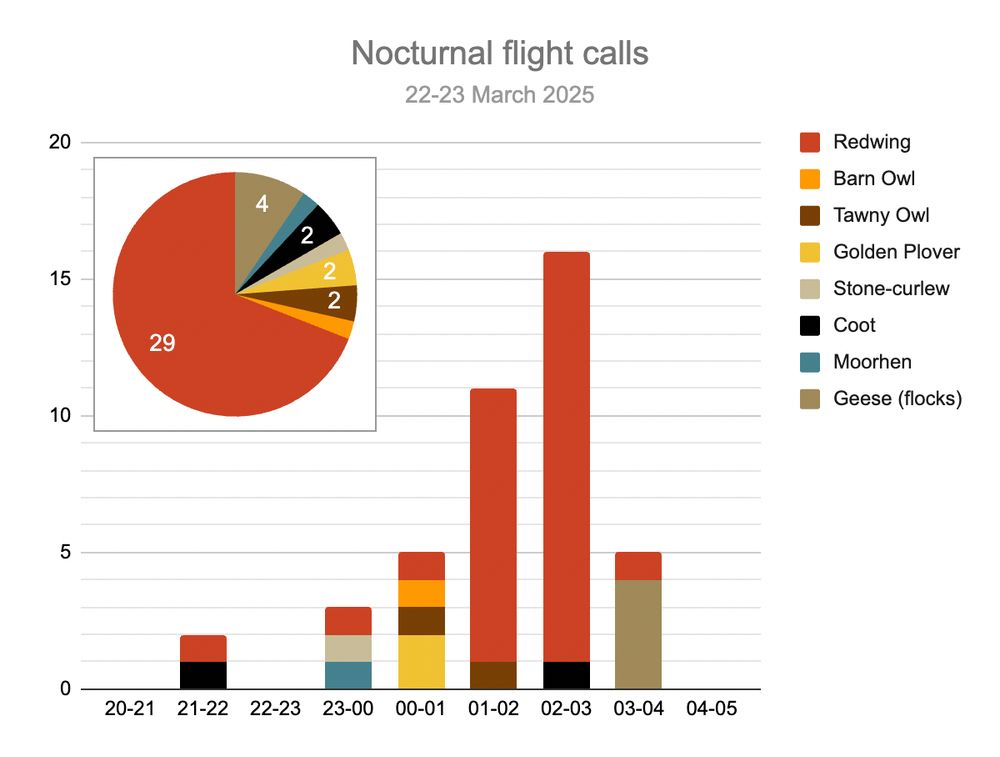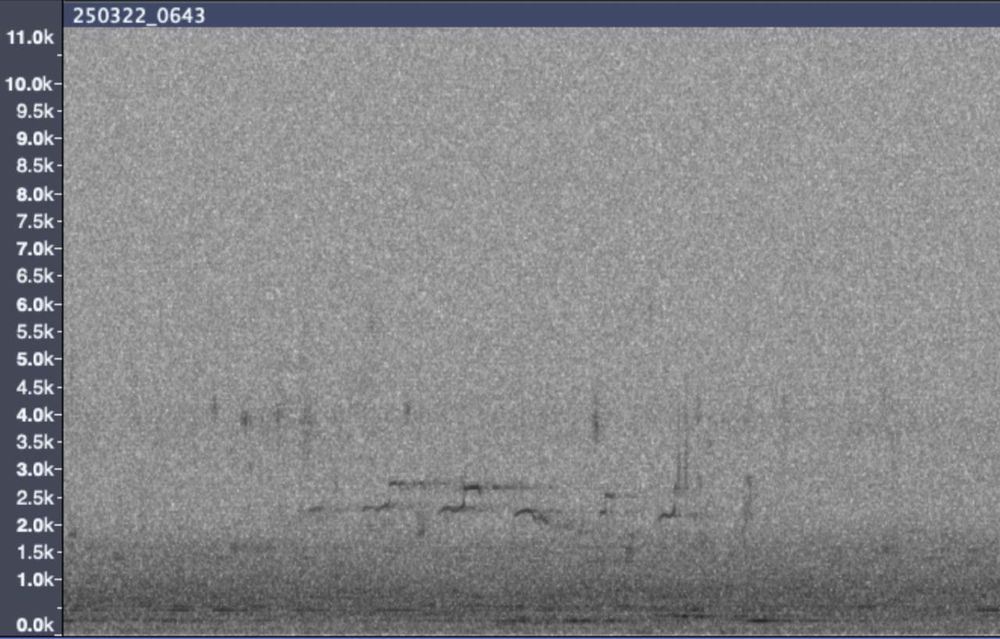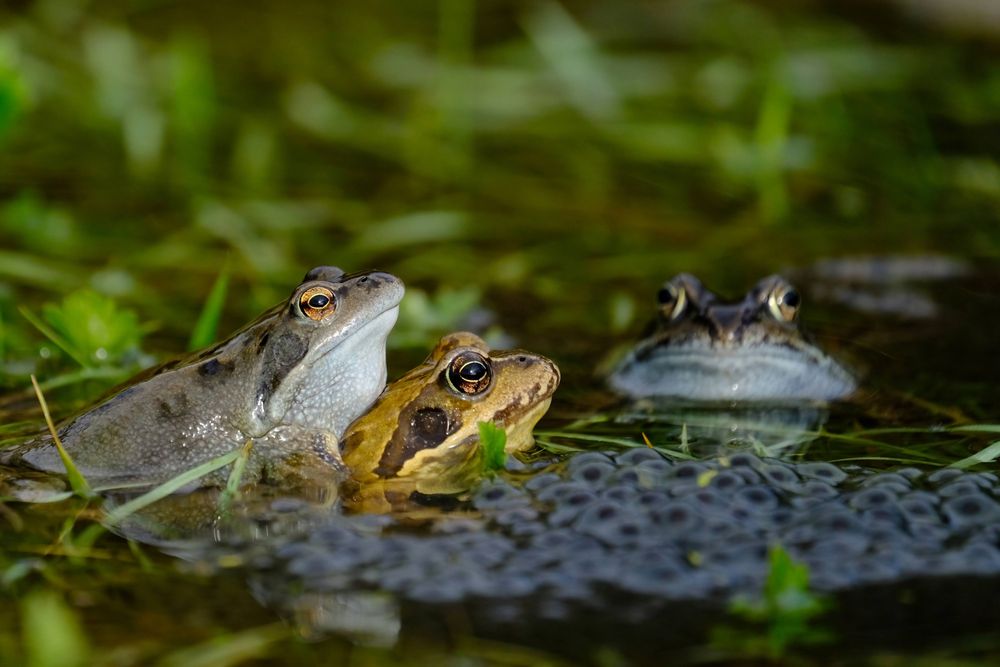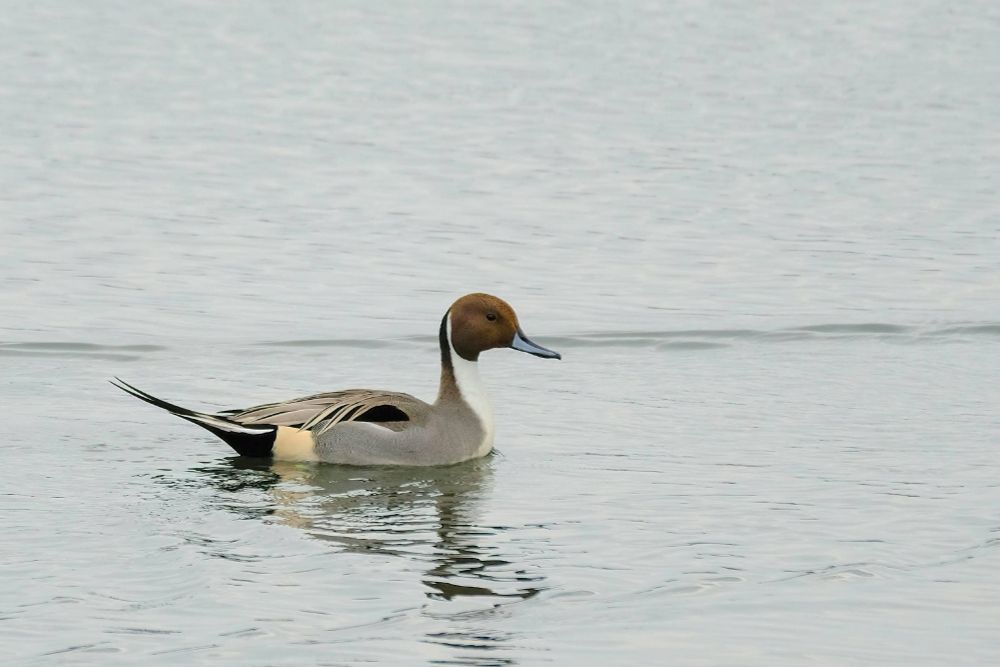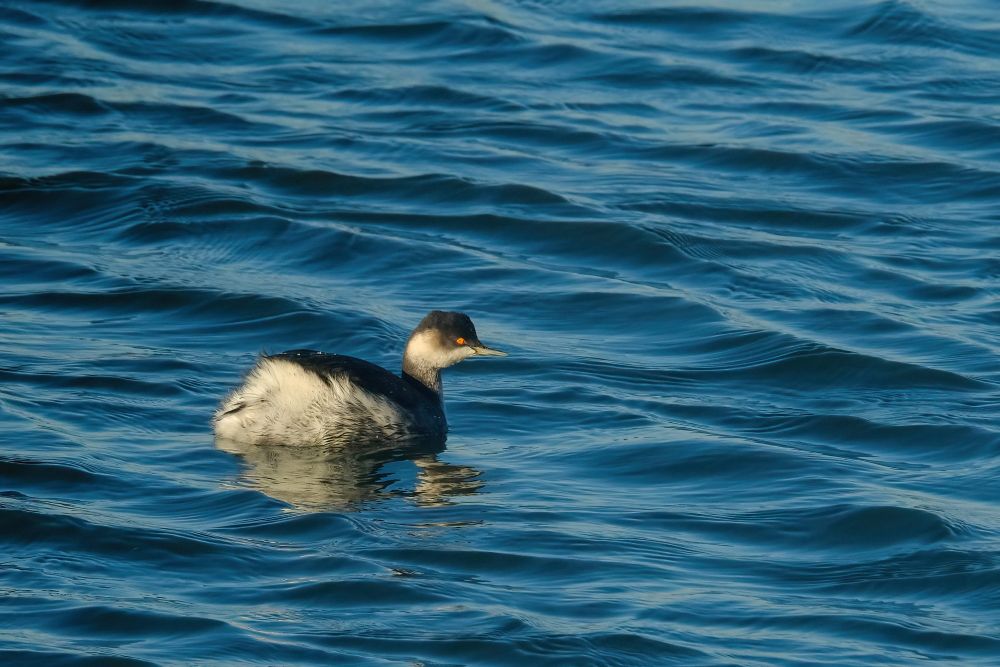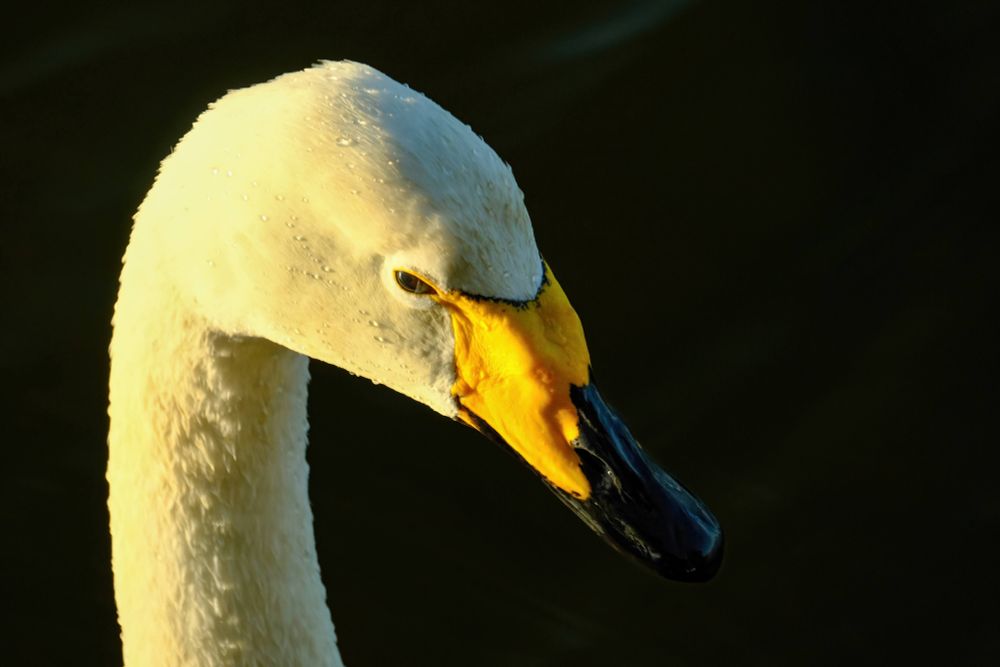Posts
Media
Videos
Starter Packs
Martin Minarik
@martinvs.bsky.social
· Aug 16
Martin Minarik
@martinvs.bsky.social
· Jul 7
Martin Minarik
@martinvs.bsky.social
· Jul 7
Martin Minarik
@martinvs.bsky.social
· Jul 7
Martin Minarik
@martinvs.bsky.social
· Jul 5
Martin Minarik
@martinvs.bsky.social
· Jul 5
Martin Minarik
@martinvs.bsky.social
· Jul 5
Martin Minarik
@martinvs.bsky.social
· Jul 5
Martin Minarik
@martinvs.bsky.social
· Mar 26

Opposing roles for Bmp signalling during the development of electrosensory lateral line organs
In sturgeon, fewer electrosensory organs form after targeting Bmp5 for CRISPR/Cas9-mediated mutagenesis, whereas more form after chemically blocking all Bmp signalling shortly before their primordia e...
elifesciences.org
Martin Minarik
@martinvs.bsky.social
· Mar 24
